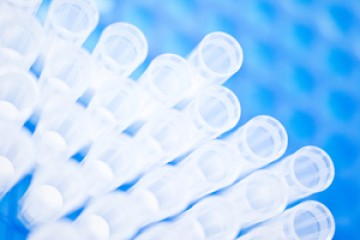Pilot study grant
Non-invasive imaging to reduce and refine the use of animals and monitor their welfare during the course of experimentations in oncology

At a glance
Completed
Award date
December 2012 - November 2013
Grant amount
£72,702
Principal investigator
Dr Francois Lassailly
Co-investigator(s)
Institute
Cancer Research UK
R
- Reduction
Read the abstract
View the grant profile on GtR
